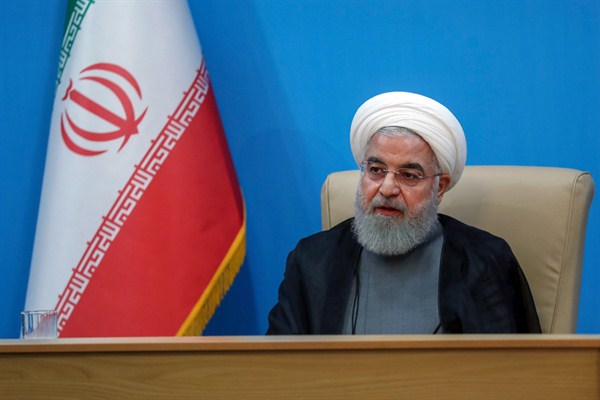In recent weeks, Iran has elevated its long-simmering tensions with the United States to a dangerous new level, shooting down a U.S. reconnaissance drone over the Gulf of Oman, apparently launching a series of attacks on oil tankers in the Persian Gulf, and announcing that it will stop complying with some of the conditions in the 2015 multilateral nuclear deal that President Donald Trump earlier abandoned. Now, the U.S.-Iran standoff is dangerously close to becoming an outright confrontation.
The timing of this escalation seems perplexing. Why would Iran go out of its way to provoke the United States when Trump administration hawks like National Security Adviser John Bolton and Secretary of State Mike Pompeo, as well as erstwhile American allies like Israel’s prime minister, Benjamin Netanyahu, and Saudi Arabia’s crown prince, Mohammed bin Salman, are pushing Trump to take a harder line?
Iran’s risky national strategy, in fact, makes perfect sense if it is thought of as a form of insurgency. Insurgency is often seen as something that rebels do inside a country, to fight the government in power or an occupying army. But it is actually a type of strategy used by a range of desperate and usually weak political organizations that can include nations. Insurgency involves violence—often, irregular forms of it like terrorism, guerrilla attacks and assassinations—but it is not the same as waging a conventional war. Instead, armed action is mostly used for psychological effects, to demonstrate the strength of the insurgent movement and the ineptitude of those holding power.

